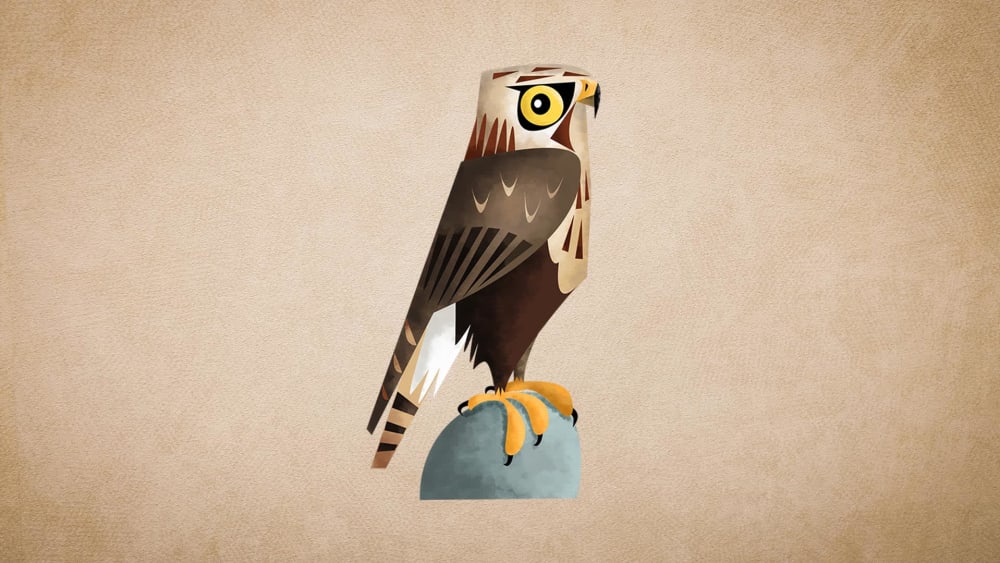Stories

Discover
Factfiles

Conservation





